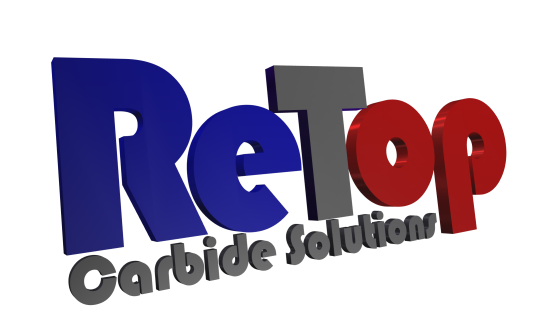Introduction
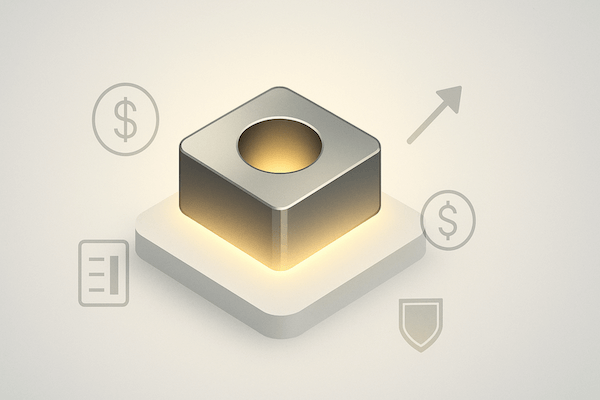
In the competitive landscape of modern manufacturing, the decision to invest in high-quality tooling is a strategic one that directly impacts a company’s operational efficiency, product quality, and profitability. Among the various materials available for wear parts tools, tungsten carbide stands out as a premium choice known for its exceptional hardness, wear resistance, and longevity. However, the initial investment in tungsten carbide tools can be higher compared to traditional materials like high-speed steel or coated steels. This raises important considerations for purchasers regarding cost and return on investment (ROI). From the perspective of a tungsten carbide factory, addressing these concerns involves demonstrating the long-term financial benefits, operational efficiencies, and overall value that tungsten carbide wear parts bring to manufacturing processes. This essay argues that despite the higher upfront costs, tungsten carbide wear parts offer significant ROI through extended tool life, reduced maintenance costs, improved productivity, and enhanced product quality.
The Cost-Efficiency of Tungsten Carbide Tools
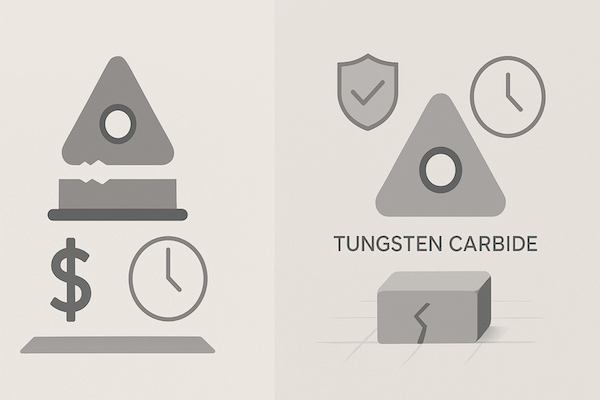
Extended Tool Life
One of the most compelling arguments for investing in tungsten carbide wear parts is their extended tool life. Tungsten carbide is renowned for its superior hardness and wear resistance, which allows tools to maintain their sharpness and structural integrity for significantly longer periods compared to traditional tool materials. For example, tungsten carbide drill bits or cutting tools can operate continuously without the need for frequent regrinding or replacement. This longevity translates directly into cost savings by reducing the frequency of tool purchases, thereby lowering the overall tooling expenditure.
Extended tool life also means fewer interruptions in the production process. Traditional tools may wear out quickly, necessitating unplanned downtime for tool changes or maintenance. Such interruptions can disrupt production schedules, leading to delays and increased labor costs. Tungsten carbide tools minimize these disruptions by lasting longer, ensuring continuous production and enhancing operational efficiency. The reduced need for tool changes not only saves money but also allows manufacturers to maintain steady output levels, meeting production targets more consistently.
Reduced Maintenance and Labor Costs
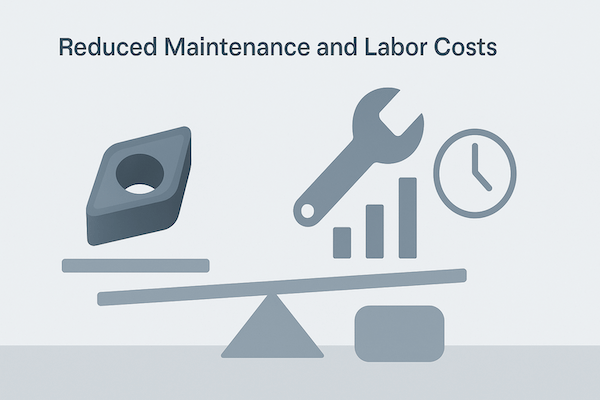
In addition to extended tool life, tungsten carbide wear parts contribute to lower maintenance and labor costs. Traditional tool materials often require frequent maintenance to keep them in optimal working condition. This maintenance can involve labor-intensive processes such as sharpening, reconditioning, or replacing worn parts. Each of these activities incurs additional costs, both in terms of labor and materials.
Tungsten carbide tools, with their inherent durability, demand less maintenance. Their ability to withstand abrasive conditions and high-stress environments means that they retain their functionality for longer periods without the need for extensive upkeep. This reduction in maintenance activities translates into significant labor cost savings, as operators can focus more on productive tasks rather than tool maintenance. Furthermore, the decreased reliance on maintenance services reduces the overall operational costs, contributing to a more streamlined and cost-effective manufacturing process.
Improved Productivity and Operational Efficiency
Tungsten carbide wear parts enhance productivity and operational efficiency in several ways. Their ability to maintain sharpness and precision over extended use ensures that manufacturing processes run smoothly and efficiently. Consistent tool performance leads to predictable cycle times and stable production workflows, which are essential for meeting tight deadlines and maintaining high production volumes.
Higher cutting speeds and feeds are achievable with tungsten carbide tools due to their superior hardness and wear resistance. Faster machining translates to increased production rates, allowing manufacturers to produce more parts in less time. This boost in productivity is crucial for staying competitive in industries where speed and efficiency are key drivers of success.
Moreover, the reliability of tungsten carbide tools reduces the likelihood of tool-related errors and defects. Fewer defects mean less rework and lower scrap rates, further enhancing productivity and reducing material waste. By ensuring that each part meets the desired specifications, tungsten carbide tools contribute to higher overall manufacturing efficiency and cost-effectiveness.
Enhanced Product Quality and Reduced Scrap Rates
The investment in tungsten carbide wear parts also pays off through enhanced product quality and reduced scrap rates. High-precision tooling ensures that manufactured parts meet stringent quality standards, resulting in fewer defects and higher consistency across batches. This reliability in product quality not only satisfies customer expectations but also reduces the costs associated with reworking or discarding defective parts.
Reduced scrap rates have a direct impact on material costs, as less raw material is wasted during the manufacturing process. Additionally, lower scrap rates contribute to improved environmental sustainability by minimizing waste disposal requirements. By delivering consistently high-quality products with minimal defects, tungsten carbide wear parts help manufacturers achieve better material utilization and cost savings, thereby enhancing their overall profitability.
Demonstrating ROI through Case Studies and Data

To substantiate the financial benefits of tungsten carbide wear parts, it is essential to examine real-world case studies and empirical data that illustrate the ROI achieved by manufacturers. Numerous companies across various industries have reported significant cost savings and productivity improvements after switching to tungsten carbide tools.
Case Study 1: Metal Machining Industry
A metal machining company that previously relied on high-speed steel tools faced frequent tool wear and frequent downtime for tool changes. After transitioning to tungsten carbide wear parts, the company experienced a 50% reduction in tool change frequency and a 30% increase in production uptime. The extended tool life and reduced maintenance costs resulted in annual savings of over $100,000, demonstrating a clear and substantial ROI.
Case Study 2: Construction Machinery Manufacturing
A construction machinery manufacturer dealing with abrasive materials found that traditional tool steels could not withstand the harsh operating conditions, leading to high maintenance costs and frequent tool replacements. By adopting tungsten carbide wear parts, the manufacturer saw a 40% decrease in maintenance expenses and a 25% improvement in tool lifespan. This shift not only reduced operational costs but also enhanced the reliability and performance of their machinery, leading to higher customer satisfaction and increased sales.
These case studies highlight the tangible financial benefits of investing in tungsten carbide wear parts. They demonstrate how the initial higher costs of carbide tools are offset by long-term savings and productivity gains, resulting in a favorable ROI that supports sustainable business growth.
Addressing Cost Concerns through Strategic Procurement
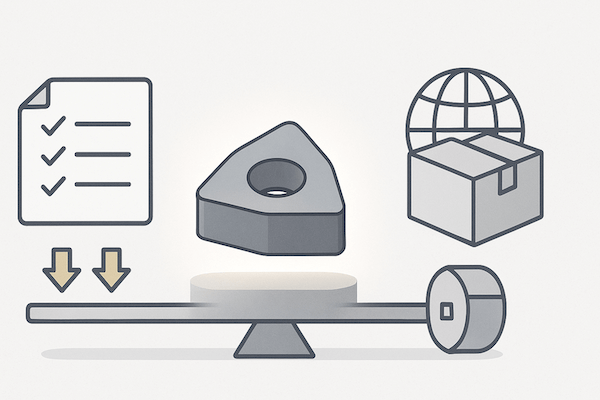
For purchasers hesitant about the higher upfront costs of tungsten carbide tools, strategic procurement practices can help mitigate these concerns and enhance ROI. These practices include:
Bulk Purchasing and Long-Term Contracts
Negotiating bulk purchasing agreements or long-term contracts with tungsten carbide suppliers can lead to cost reductions and more favorable pricing. By committing to larger orders or extended partnerships, manufacturers can secure discounts and ensure a stable supply of high-quality tools, further enhancing the cost-effectiveness of their investment.
Total Cost of Ownership (TCO) Analysis
Conducting a Total Cost of Ownership (TCO) analysis allows purchasers to evaluate the long-term financial implications of their tooling choices. This analysis considers not only the initial purchase price but also the ongoing costs associated with maintenance, tool life, downtime, and productivity. By understanding the comprehensive costs and benefits, manufacturers can make more informed decisions that prioritize long-term savings and operational efficiency over short-term expenditures.
Supplier Partnerships and Value-Added Services
Building strong partnerships with reliable tungsten carbide suppliers can provide additional value beyond the tools themselves. Suppliers that offer value-added services such as customization, technical support, and training can enhance the overall ROI by ensuring that tools are optimized for specific applications and that manufacturers can fully leverage their capabilities. These partnerships can lead to more efficient manufacturing processes, reduced operational risks, and increased productivity, all of which contribute to a higher ROI.
Enhancing Operational Flexibility and Adaptability
Tungsten carbide wear parts also offer operational flexibility and adaptability, which are crucial for maintaining a competitive edge in dynamic manufacturing environments. The ability to quickly adapt to changing production demands and technological advancements is a significant advantage that contributes to ROI.
Adaptability to Diverse Applications
Tungsten carbide tools are versatile and can be used across a wide range of applications and materials. This adaptability allows manufacturers to diversify their production processes without the need for multiple specialized toolsets, reducing overall tooling costs and enhancing operational flexibility. Whether producing precision components, handling abrasive materials, or scaling production volumes, tungsten carbide wear parts can meet diverse manufacturing needs efficiently.
Facilitating Technological Advancements
As manufacturing technologies evolve, the demand for more advanced and precise tooling increases. Tungsten carbide wear parts are well-suited to support these technological advancements, enabling manufacturers to implement cutting-edge processes and maintain high standards of quality and performance. By investing in tools that can keep pace with technological innovations, manufacturers ensure that their operations remain competitive and future-ready, safeguarding their ROI against evolving market demands.
Environmental and Sustainability Considerations
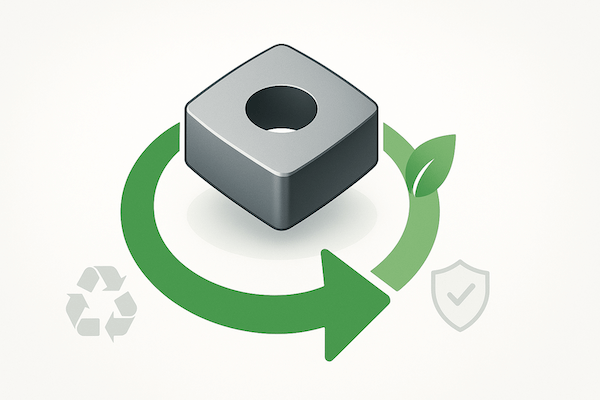
In today’s manufacturing landscape, sustainability and environmental responsibility are increasingly important factors that influence purchasing decisions. Tungsten carbide wear parts contribute to sustainable manufacturing practices, further enhancing their ROI through environmental and economic benefits.
Reduced Material Waste
The extended tool life and consistent performance of tungsten carbide wear parts result in reduced material waste. Fewer tool changes and lower scrap rates mean that less raw material is discarded during the manufacturing process, contributing to more efficient resource utilization and lower production costs. This reduction in waste not only benefits the bottom line but also aligns with corporate sustainability goals, enhancing the company’s reputation and compliance with environmental regulations.
Energy Efficiency
Tungsten carbide tools enable more efficient cutting and machining processes, which can lead to significant energy savings. The ability to maintain high cutting speeds and feeds without compromising tool integrity reduces the energy required for machining operations, lowering overall energy consumption and operational costs. Energy-efficient manufacturing processes also contribute to a smaller carbon footprint, supporting environmental sustainability initiatives and improving the company’s standing as an eco-friendly manufacturer.
Recycling and Reusability
Tungsten carbide wear parts can often be reconditioned or recycled, further extending their lifecycle and reducing environmental impact. Factories that implement recycling programs for worn-out carbide tools can recover valuable materials, lowering raw material procurement costs and minimizing waste disposal requirements. The ability to recycle tungsten carbide also supports circular economy principles, promoting sustainable manufacturing practices that enhance long-term ROI by reducing dependency on virgin resources and lowering material costs.
Conclusion
Investing in tungsten carbide wear parts tools presents a strategic opportunity for manufacturers to achieve significant cost savings and maximize return on investment (ROI). Despite the higher initial costs, the extended tool life, reduced maintenance and labor costs, improved productivity, and enhanced product quality offered by tungsten carbide tools collectively contribute to substantial long-term financial benefits. Additionally, the adaptability, sustainability, and operational flexibility of tungsten carbide wear parts further enhance their value proposition, ensuring that manufacturers can remain competitive and efficient in a dynamic market environment.
From the perspective of a tungsten carbide factory, addressing cost and ROI concerns involves demonstrating the tangible and intangible benefits that carbide tools bring to manufacturing processes. By providing high-quality, durable tools that deliver consistent performance and long-term savings, factories can help purchasers understand the true value of their investment. Strategic procurement practices, such as bulk purchasing, TCO analysis, and strong supplier partnerships, can further optimize ROI and mitigate initial cost concerns.
Ultimately, the decision to invest in tungsten carbide wear parts is a forward-thinking one that supports sustainable growth, operational excellence, and competitive advantage. As industries continue to demand higher precision, efficiency, and sustainability, tungsten carbide tools will remain a crucial component in achieving
